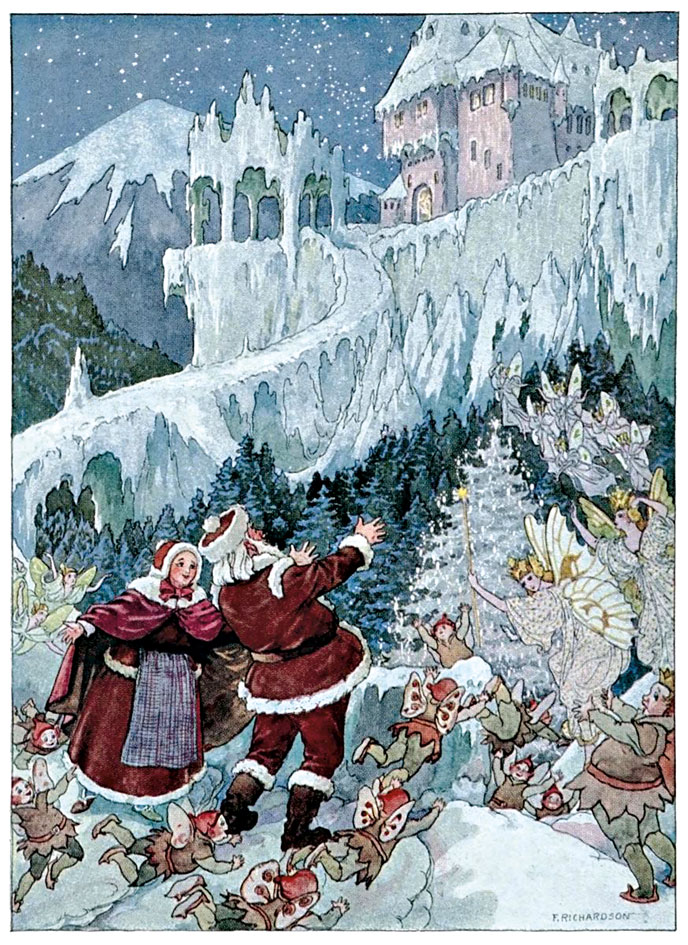Among Al Gore’s inconvenient truths about global warming is an ominous scenario that predicts significant melting of ice caps in Antarctica and Greenland, converting millions of cubic miles of ice to water and raising sea levels around the world by as much as twelve metres. To visualize this, imagine every palazzo and campanile in Venice—jewel of the Adriatic for more than a millennium—flooded to the third storey or higher; the loss to western European art and architecture would be incalculable (and believe it or not, I’ve already heard one ad that urged tourists to “visit Venice before it’s gone”). Venice and the Islamic World, 828—1797, edited by Stefano Carboni (Yale University) provides a comprehensive overview of Venice’s artistic heritage, shown within the context of nine centuries of commerce between La Serenissima and the Islamic empires of the East. Published to accompany an exhibition held at New York’s Metropolitan Museum of Art in summer 2007, the book is richly illustrated and offers eighteen essays by experts, including “Venice and the Islamic World in Light of Archival Documents” and “Venice’s Textile and Carpet Trade: The Role of Jewish Merchants.” It’s fascinating stuff; a plunge into these pages is like taking a trip via time machine to the Venice of centuries ago—and without violating any laws of physics. A caution: if you intend to visit Venice before the ice caps melt, I recommend that you leave this book at home; at 2.5 kilos it just might sink your gondola.
Instead, tuck something compact and elegant from Pushkin Press into your book bag beside the sunscreen. Pushkin is one of those admirable small presses with an eclectic list that suggests the proprietors are interested in more than the bottom line; Paul Morand’s Venices, translated by Euan Cameron, would be a perfect choice for reading on the Lido. Morand was “French literature’s globe-trotter,” a diplomat and poet, friend to Proust and Malraux; Venices is an assemblage of “memories, meditations, [and] serious themes” gathered toward the end of a life lived among the cultural elite of the past century, and filtered through the lens of “the one place to which [Morand] would always return and with which he never lost faith—Venice.”








